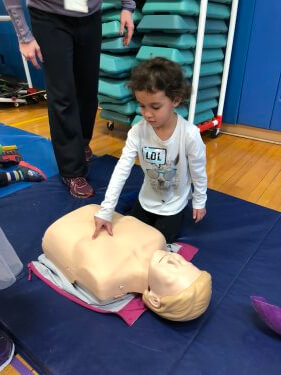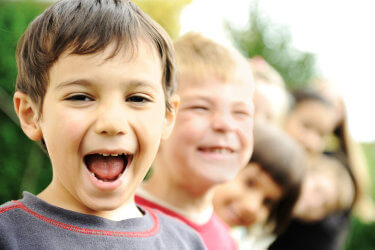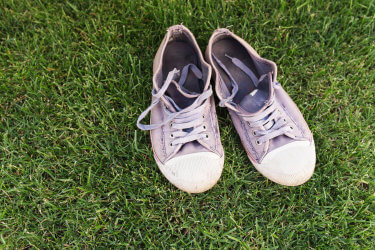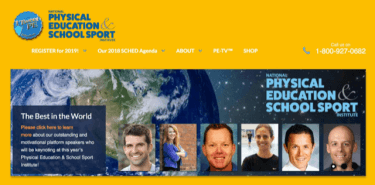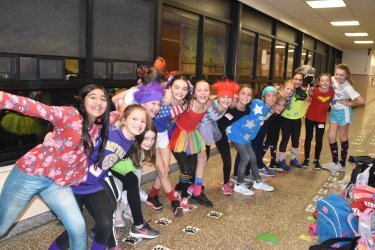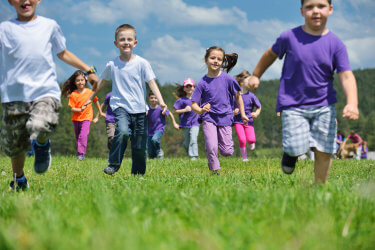This is the 2ndyear I have been training my K-5 students, at Lincoln Avenue elementary school, in Hands-Only CPR. I am on the Executive Board of Suffolk Zone AHPERD and in the last couple of years we have been running an equipment share program for all our members. Suffolk Zone purchases equipment that our PE teachers have deemed needed but may not have the funds to purchase. We then have our members sign up to borrow the equipment.
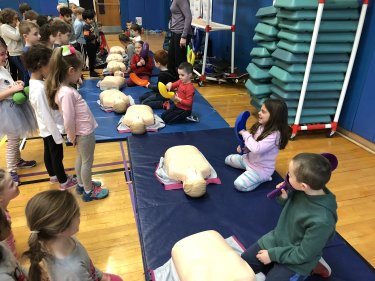
Some of the first equipment we purchased for our share were CPR Manikins. Having spent over 20 years as a Lifeguard, Water Safety Instructor and Swimming/ Diving coach, I understand the importance of CPR training. CPR helps to keep blood and oxygen flowing and dramatically increases the chances of survival in those who suffer a cardiac arrest. According to the CDC, “heart disease is the leading cause of death in the U.S.” According to the American Heart Association, “88% of people who suffer from a cardiac arrest outside of the hospital die. However, when properly and promptly performed, CPR can dramatically improve a person’s chance of survival.”
